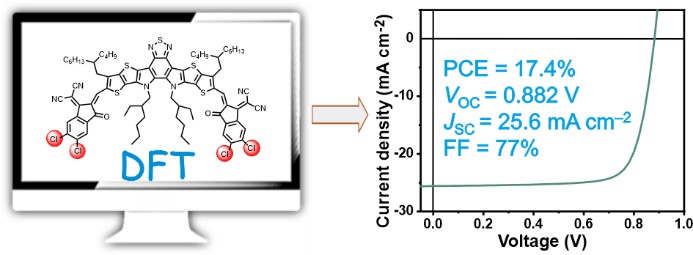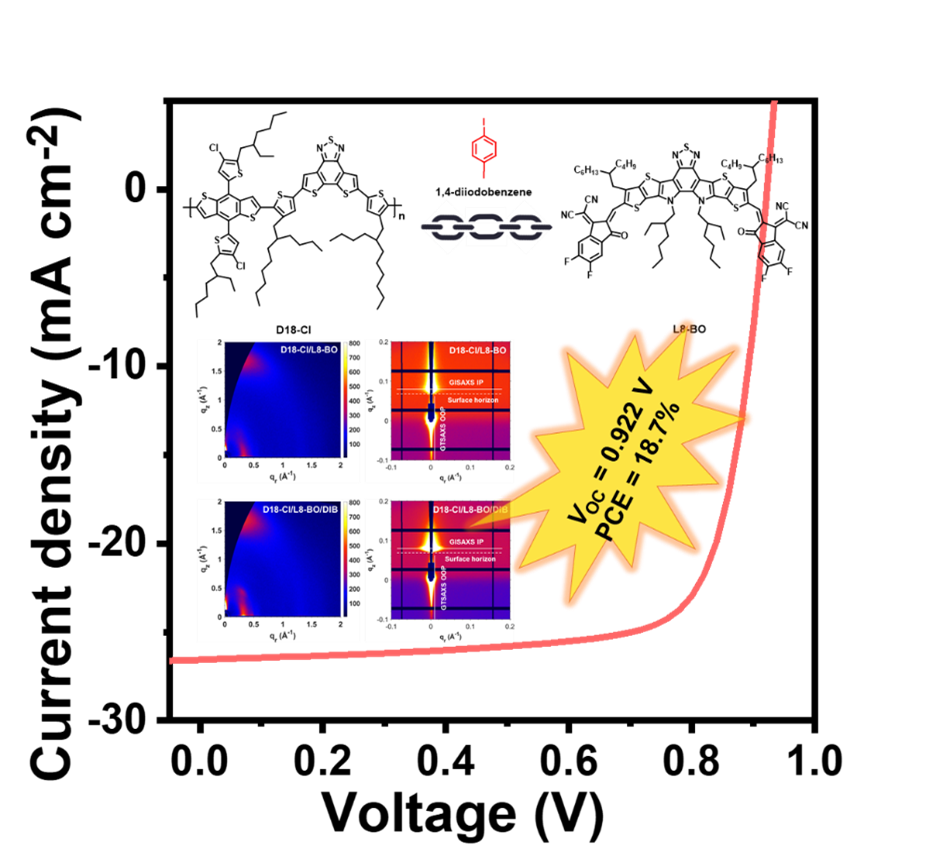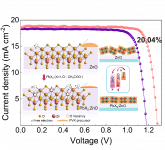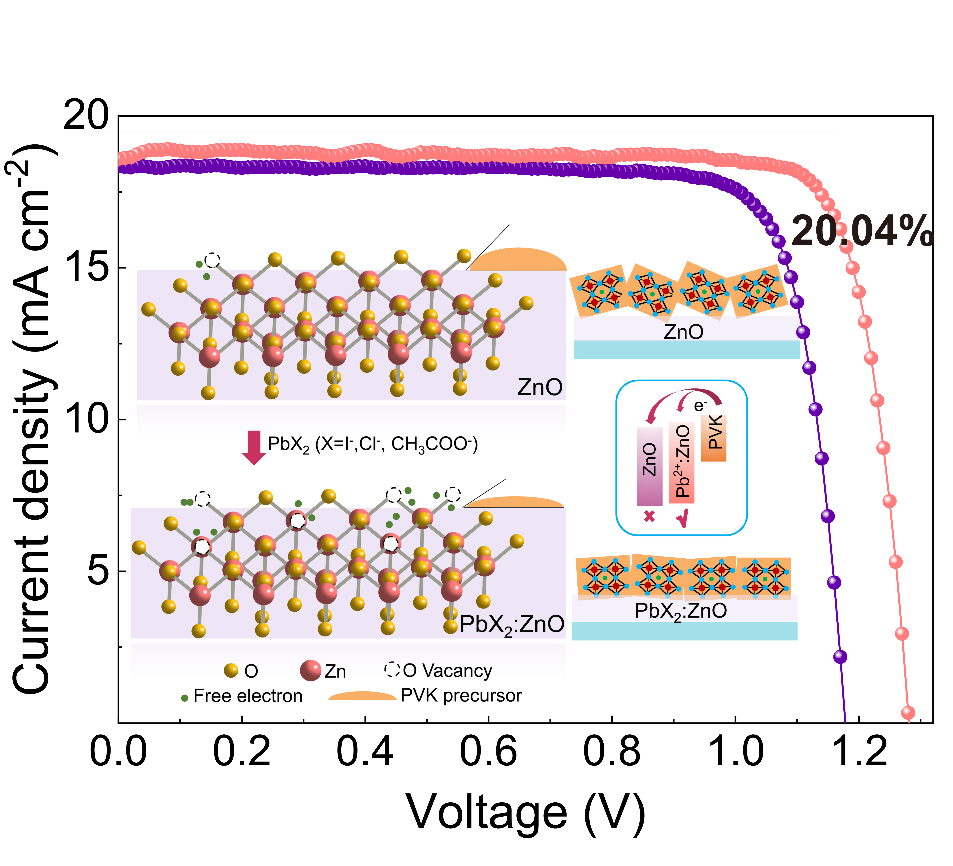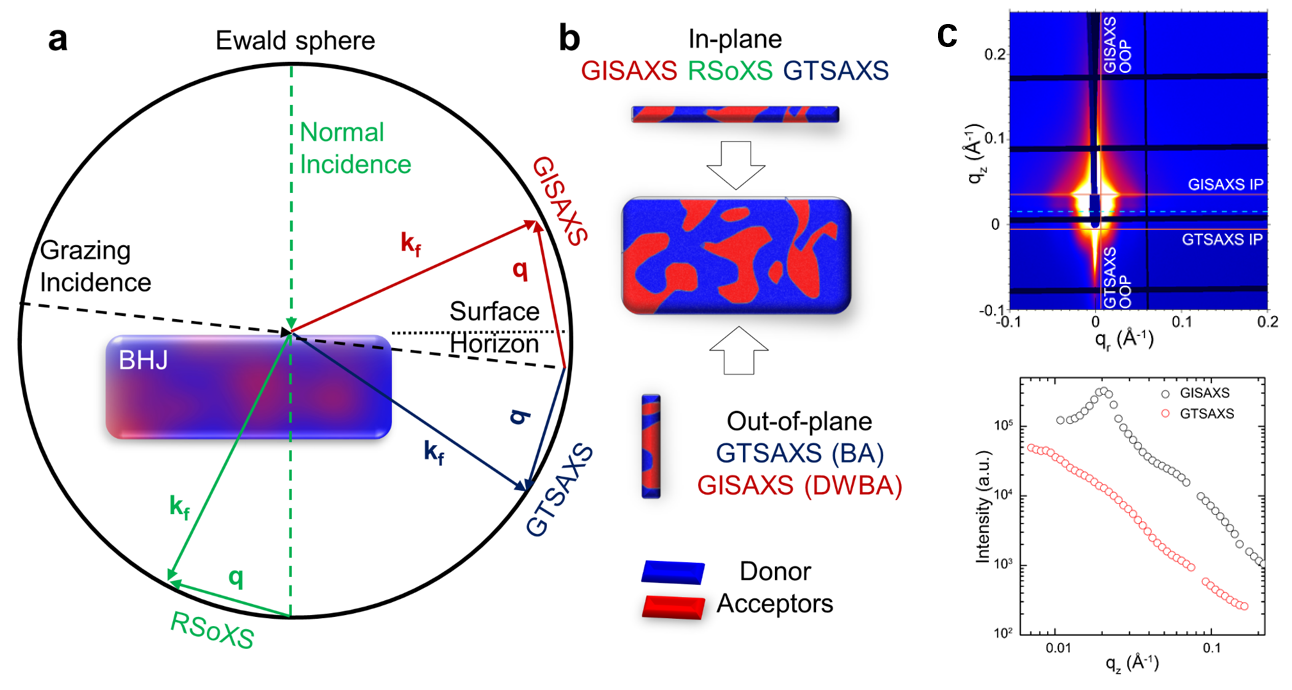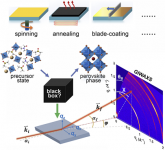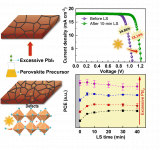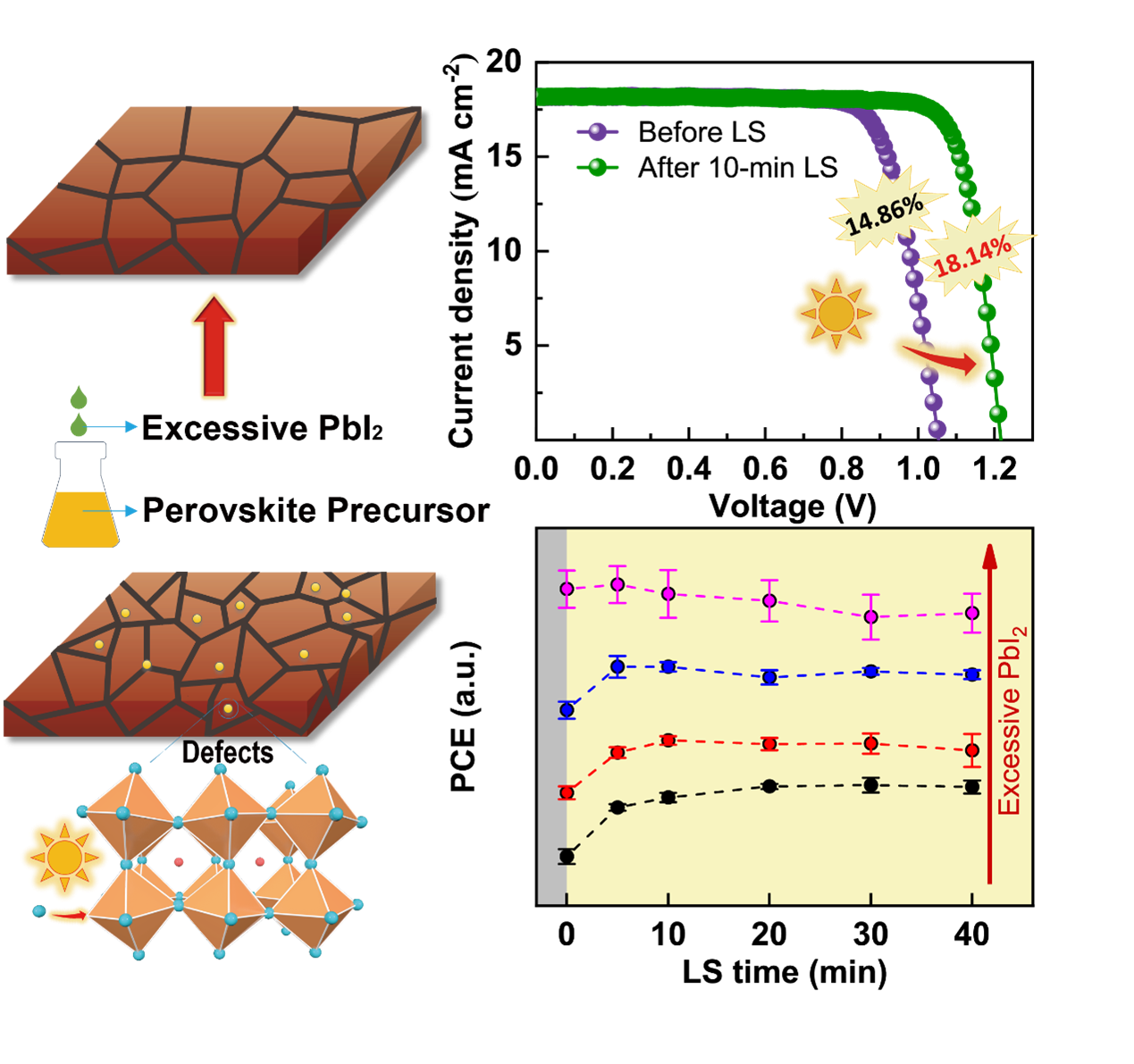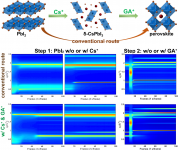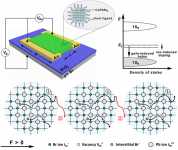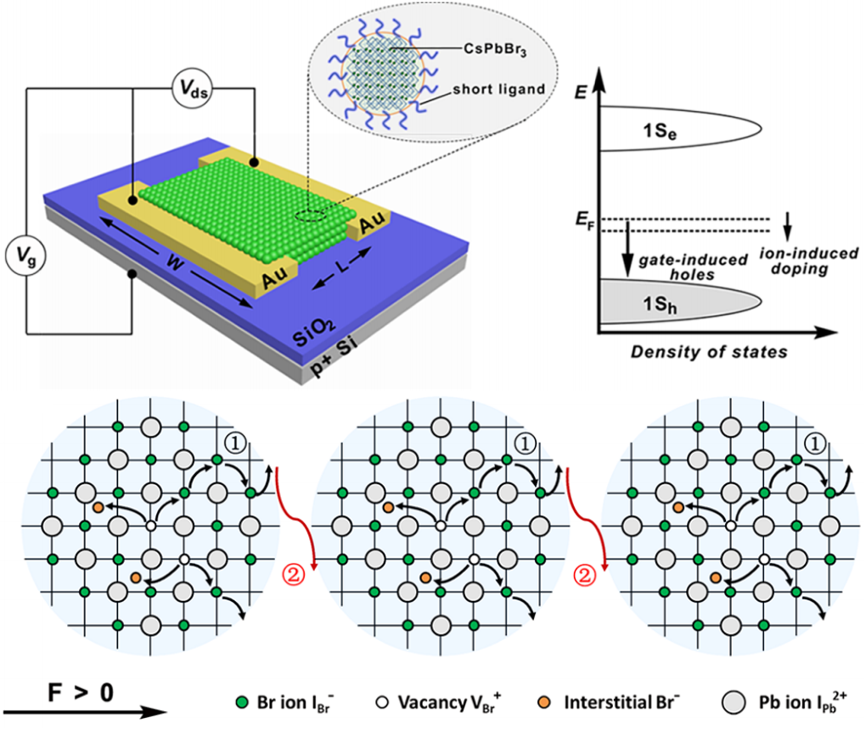Research Highlights: Regulating the Crystallization Kinetics and Lattice Strain of Lead-Free Perovskites with Perovskite Quantum Dots


The growth of high-quality tin-based perovskite films remains a grand challenge due to the uncontrollable crystallization kinetics. Here, we report a facile strategy to realize an epitaxial-like growth of highly oriented tin-based perovskite films with the assistance of perovskite quantum dots (PQDs). Synchrotron-based in situ X-ray scattering results reveal that PQDs can act as nucleation centers to promote the growth of highly oriented perovskite crystals for both FASnI3 and MASnI3 systems.… Read More

